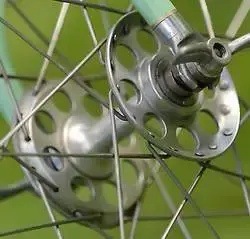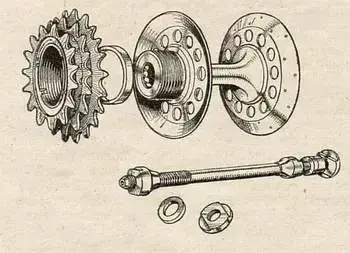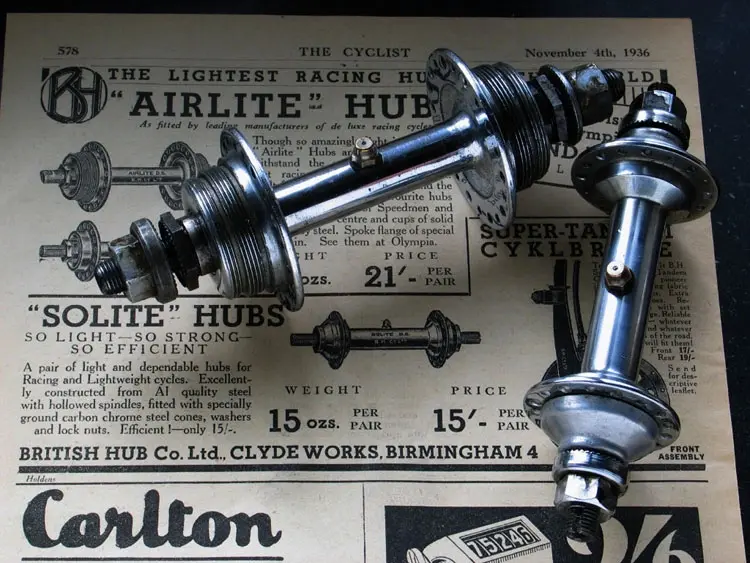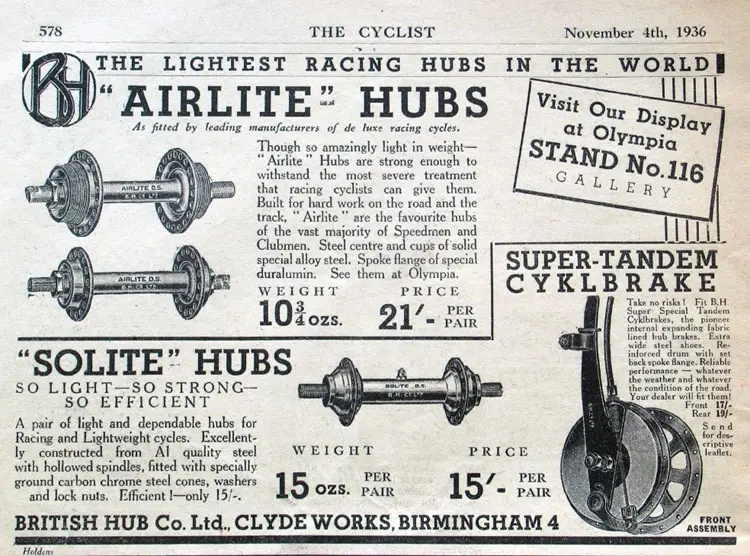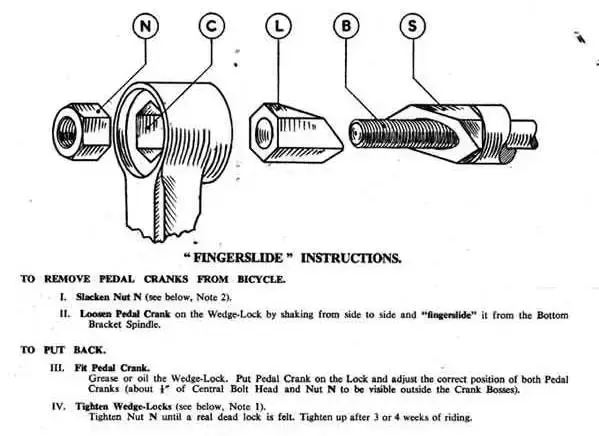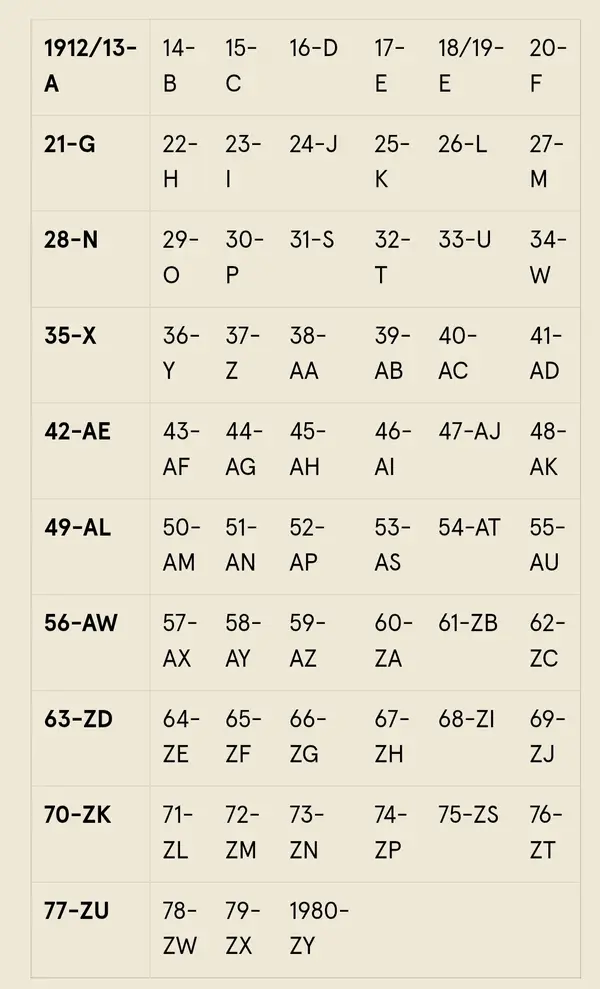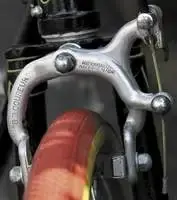Canuk
Old School Grand Master
Harden Bottom Bracket Unit Part No C5000
This is an alloy unit in which are fitted bearing races and a tool-steel axle in the end of which is a grease nipple. The barrel of the unit is 2 5/8″ long and to use this device the threads of the bracket must be removed, it is held in place by a locking ring at either end.
I remember having one of these that I picked up at a jumble and totally mystified at ours origins.
This is an alloy unit in which are fitted bearing races and a tool-steel axle in the end of which is a grease nipple. The barrel of the unit is 2 5/8″ long and to use this device the threads of the bracket must be removed, it is held in place by a locking ring at either end.
I remember having one of these that I picked up at a jumble and totally mystified at ours origins.
